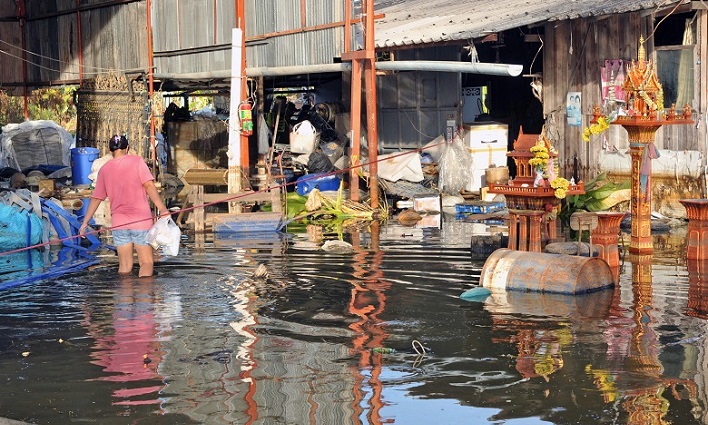SDGs 2015-2030: Historic Developments, Timid Compromises

September 27: Heads of State at the United Nations are to adopt a final document with 17 Sustainable Development Goals (SDGs) to be achieved by 2030. ATD Fourth World has invested heavily in influencing the SDGs, drawing from a 2-year participatory action research initiative conducted with more than 2,000 people, most of whom live in extreme poverty, in 22 countries.
Historic developments
The SDGs explicitly include the requirement to “leave no one behind”, a goal for which ATD Fourth World has been striving tirelessly to achieve for years. This represents a great hope for people marked by exclusion and who are struggling in grinding poverty throughout the world.
For the first time, such objectives closely link the policies to eradicate poverty to those designed to preserve the planet. For the first time too, the objectives target all nations; poverty and exclusion are prevalent in industrialized, as well as developing countries. For the first time, such objectives are based on human rights.
Timid compromises
But the final document does not state the means by which people can effectively fulfill and realize their rights. The text speaks of ensuring “access to” certain goods or services, instead of having “the right” to them. Aiming for “affordable” access to water, energy, or other basics does not guarantee access, especially for those farthest behind because of deep poverty. What’s more, the text makes no reference to the Guiding Principles on Extreme Poverty and Human Rights, adopted by the United Nations in 2012, which ensures that any development policy or anti-poverty program fully reaches and involves those most vulnerable and most often excluded.
In fact, the draft outcome document “wishes” to see the SDGs achieved. With all the effort and mobilization, especially by civil society and those in poverty themselves, why not make a clearer, stronger commitment?
Opportunities missed
The final document does not remedy the excessive weight of the private sector in the provision of basic goods and services. Access to them is most often out of reach of the those in deepest poverty. Nor does the document address the need for tax reforms to achieve greater equity in income between countries and among people.
Finally, the SDGs state the aim to prioritize the most vulnerable populations, but they do not establish an indicator in order to assess when and how this goal would be reached. ATD Fourth World and other NGOs propose measuring the impact of programs on those at “the bottom 20%” of the population.
“Leave no one behind” is an ambitious goal. ATD Fourth World wants to go further: anchored by the lives and knowledge of those in deep poverty, we will further engage with partners in designing more qualitative poverty indicators, and we will follow closely the implementation and evaluation of these Sustainable Development Goals.
See ATD Fourth World’s full “Response to Outcome Document 2030 Agenda”
Connecting development and climate change, see also: Taking Seriously the Commitment to “Leave no one Behind” in the SDGs and the Fight against Climate Disruption.

